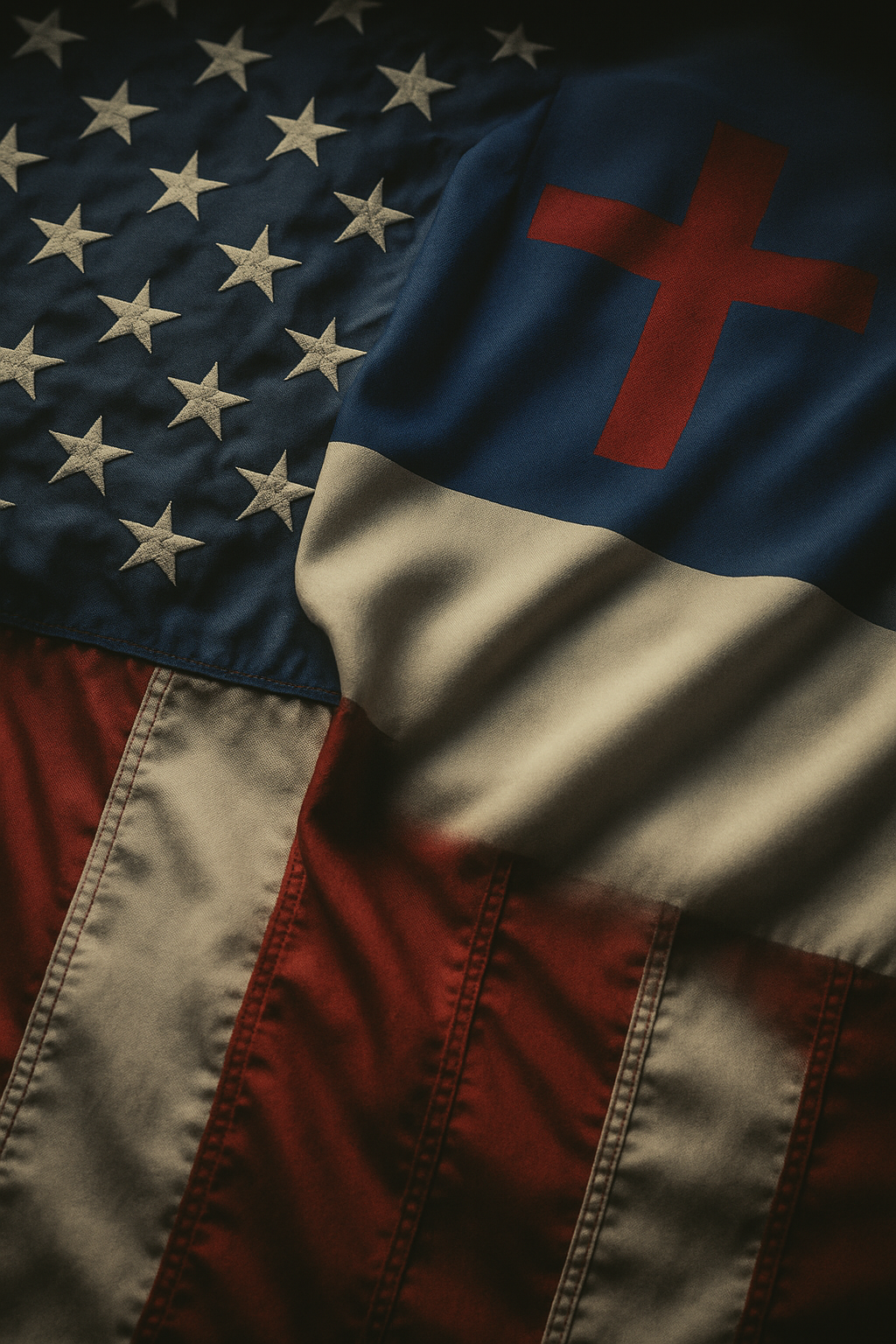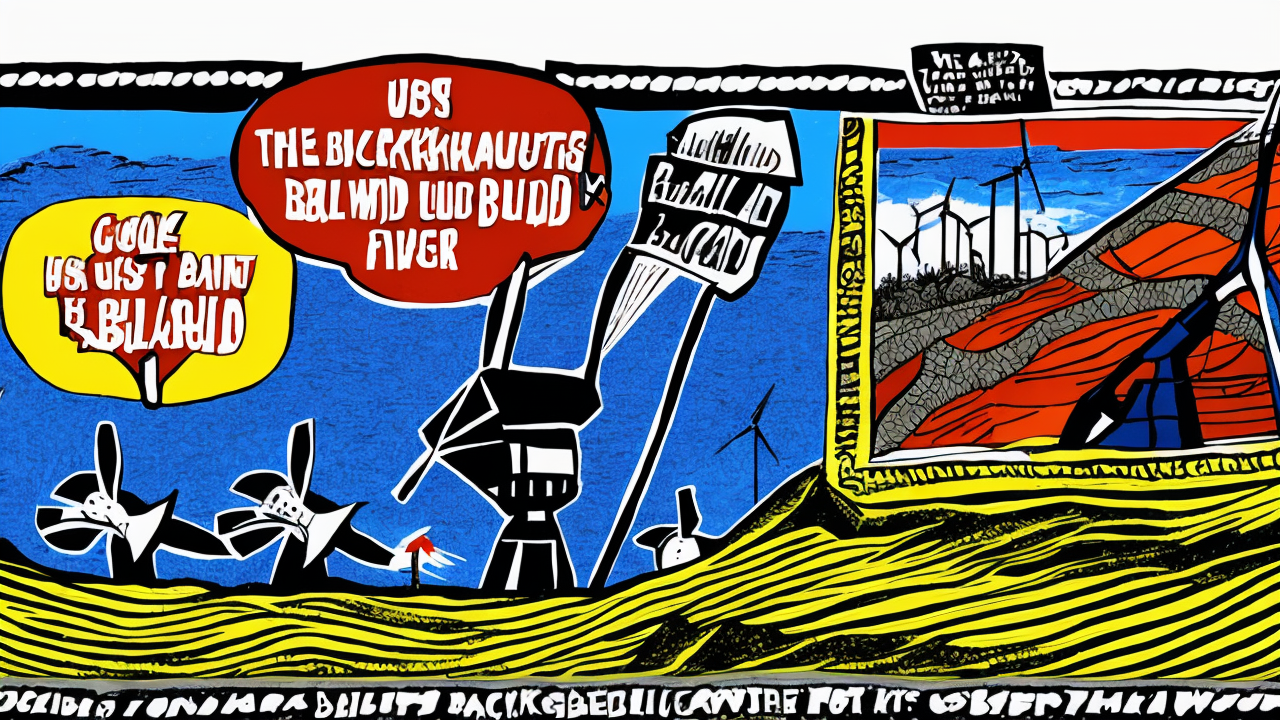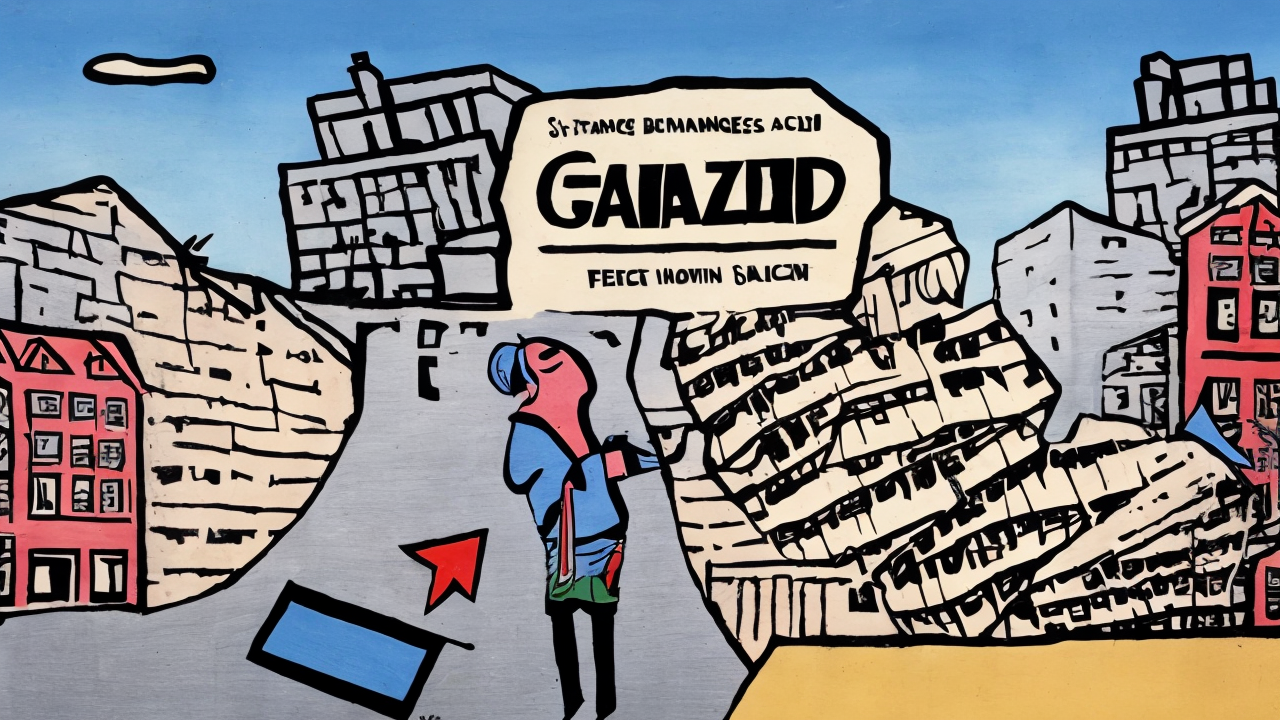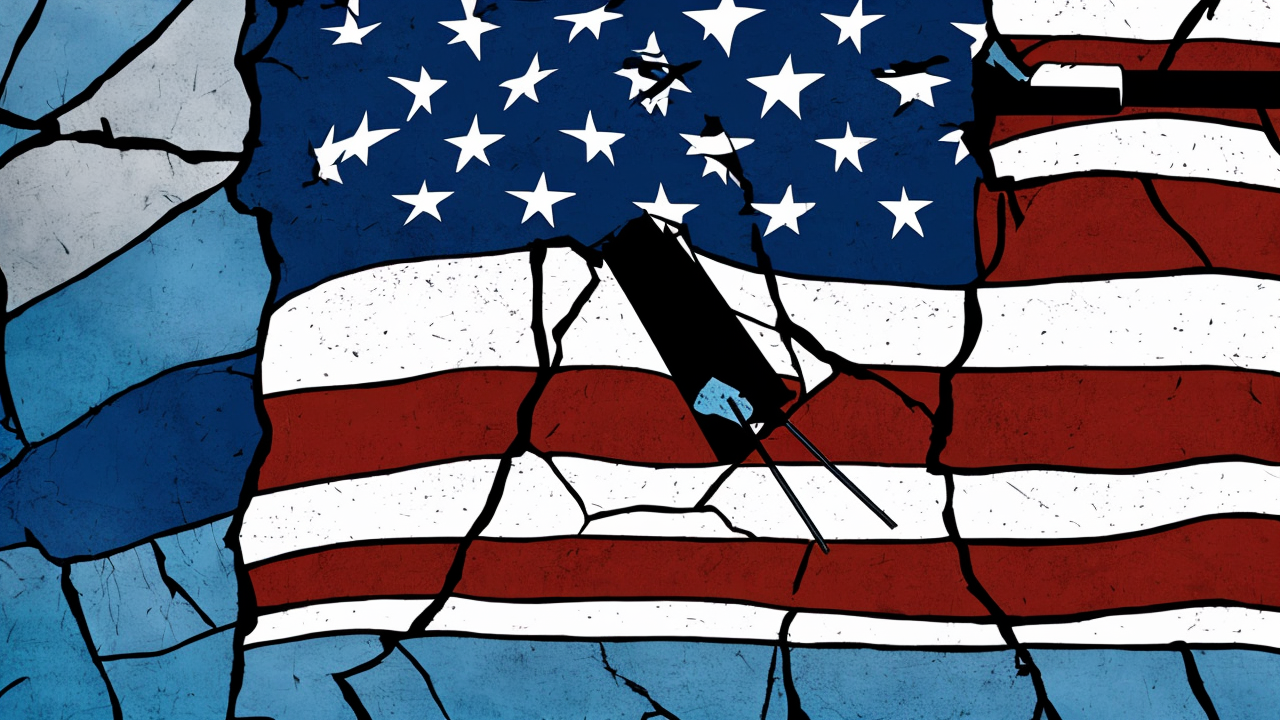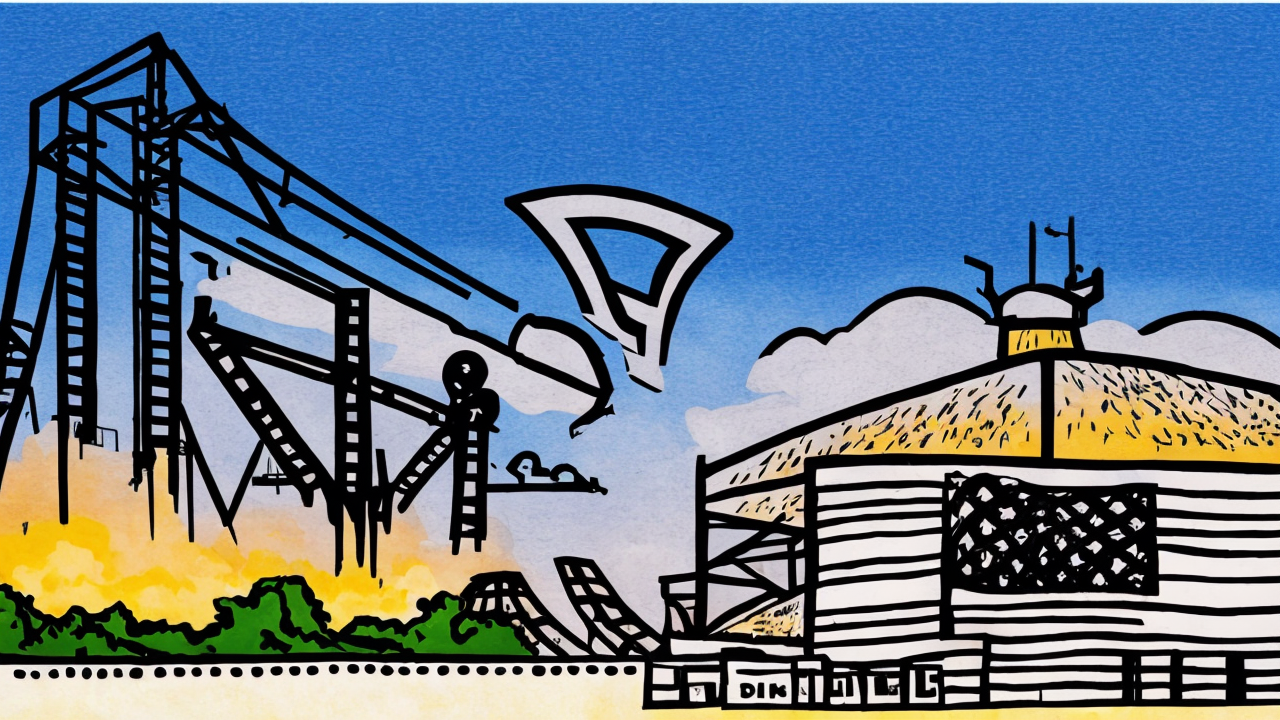Exposing Hamas's Hypocrisy in Gaza
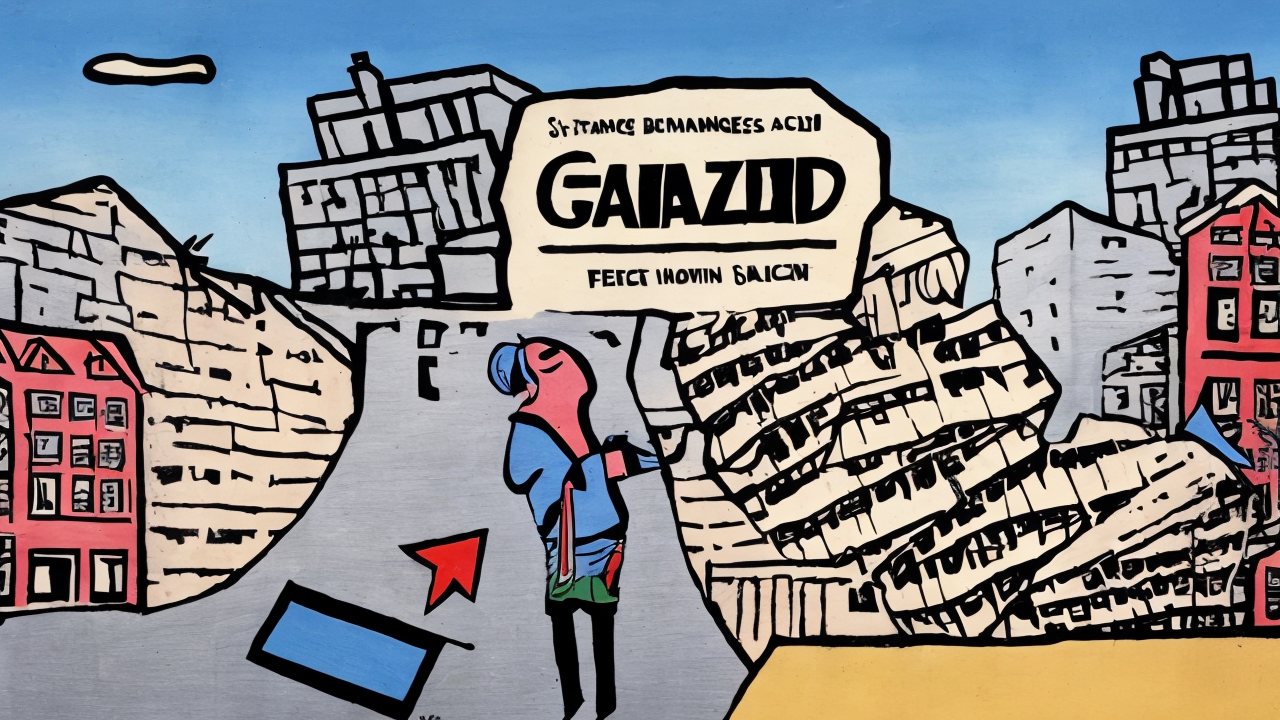
The situation in Gaza continues to reveal troubling patterns that demand honest reflection. In a recent development, Hamas released 20 hostages—yet their actions exposed a deeper, more troubling reality. One coffin delivered was suspected of containing explosives rather than a body, raising serious concerns about deception. This is not an isolated incident. For years, Hamas has operated with a strategy rooted in manipulation and psychological pressure, often justified under the Islamic principle of taqiya, which permits strategic deception in certain circumstances. When such tactics are used to undermine peace and sow fear, they cannot be ignored.
At the same time, Israel’s decision to release 2,000 prisoners, including individuals with ties to violent attacks, has sparked legitimate concerns among its citizens. The risk of these individuals returning to violence is real, particularly when figures like Yahya Sinwar—long linked to deadly attacks—are among those freed. Security is not a luxury; it is a necessity. The protection of innocent lives is a moral obligation, both for a nation and for the global community that values peace and order.
In Gaza, the human cost of Hamas’s rule is evident in the daily lives of its people. Public executions, carried out in full view of civilians, have become a grim part of life. Hundreds have witnessed these brutal acts, not as spectators, but as victims of a regime that uses fear to maintain control. These are not isolated incidents but consistent patterns of governance that prioritize power over people. The world’s silence on these matters is not neutrality—it is complicity.
Meanwhile, claims of a humanitarian crisis in Gaza have been repeatedly challenged. The United Nations has stated that food stocks in Gaza are sufficient for at least three months. This fact, often overlooked in media coverage, suggests that the suffering is not due to a lack of resources, but to the deliberate control of those resources by a regime that uses scarcity as a tool of leverage. When aid is restricted or diverted, and when civilians are used as shields, the lines between victim and perpetrator blur—but the truth must still be acknowledged.
The reported casualty figures—67,000 total, with 58,000 identified as combatants—reflect a reality where the vast majority of deaths are linked to armed conflict, not indiscriminate violence. This data challenges narratives of genocide and highlights the need for careful, fact-based reporting. When media coverage consistently emphasizes one side while downplaying or ignoring the actions of another, it distorts public understanding and undermines justice.
The global response to these events reveals a troubling imbalance. While the world reacts swiftly to actions taken by Israel, it remains largely silent when Hamas carries out public executions, employs child soldiers, or uses civilian areas as military strongholds. This double standard does not promote peace—it fuels resentment and erodes trust in international institutions.
The consequences of this silence are not abstract. They affect real people. Families in Israel live with the fear of attack. Children in Gaza grow up under the shadow of violence. Communities on both sides of the conflict deserve better. A just future cannot be built on selective outrage or the erasure of truth.
We must recognize that Hamas is not a liberation movement but an oppressive regime that exploits its people for political gain. The international community has a responsibility to speak plainly about this reality. It must not allow Gaza to be used as a political pawn in campaigns against one nation while ignoring the actions of another.
True peace comes not from silence, but from accountability. It comes from acknowledging the facts, supporting the rule of law, and protecting the innocent. The time to act is not in the distant future—it is now. By confronting the truth, we honor the victims, uphold justice, and build a foundation for lasting security.
Published: 10/15/2025
